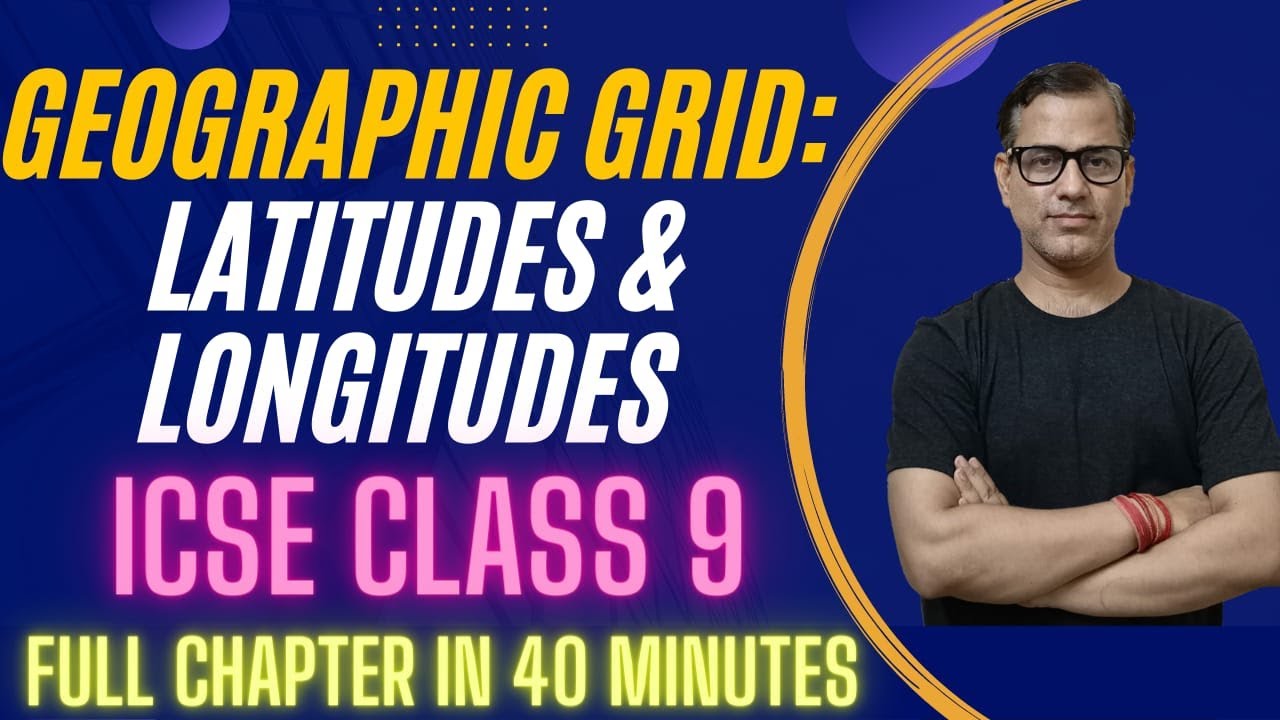IPS Kelas 7 BAB 1 - Letak dan Luas Keunggulan Wilayah Indonesia
Summary
TLDRThe script discusses Indonesia's geographical significance, spanning from 6°N to 11°S latitude and 95°E to 141°E longitude. It lies between Asia and Australia, bordered by the Indian and Pacific Oceans, and neighboring countries like Malaysia, Singapore, the Philippines, and Australia. Indonesia's vast area of 5,193,992 km², including 1,990,440 km² of land across 17,508 islands, offers economic benefits year-round due to its fertile soil and diverse marine life. Its geological location, crossed by major mountain ranges and tectonic plates, contributes to its rich volcanic soil and mineral resources. The script also highlights Indonesia's strategic position for trade and potential negative impacts of its geography.
Takeaways
- 🌍 Indonesia is located between 6° North to 11° South latitude and 95° East to 141° East longitude, astronomically.
- 🗺️ Geographically, Indonesia is situated between the continents of Asia and Australia, bordered by the Indian Ocean to the west and the Pacific Ocean to the east.
- 🏖️ Indonesia shares land borders with Malaysia, Singapore, and the Philippines to the north, and borders Australia to the south.
- 🏝️ Comprising 17,508 islands, Indonesia has a vast land area of 1,904,440 km² and a maritime area of approximately 3,217,511 km².
- 🌱 The high rainfall in Indonesia contributes to its fertile soil, allowing for year-round economic activities.
- 🌬️ Indonesia experiences two distinct seasons due to monsoon winds: a dry season and a rainy season.
- 🚢 Strategically located at the crossroads between Asia and Australia, Indonesia serves as a transit point for maritime traffic between continents.
- 🌋 Geologically, Indonesia is crossed by major mountain ranges and tectonic plates, including the Indo-Australian and Pacific plates, and is home to numerous active volcanoes.
- 💎 The volcanic activity in Indonesia enriches the soil with volcanic ash, contributing to its fertility, and provides the country with abundant minerals and natural resources.
- 🌊 Indonesia's extensive coastline and marine resources offer a rich diversity of marine life, oil, and other resources.
Q & A
What is the astronomical location of Indonesia?
-Indonesia's astronomical location is between 6° North to 11° South latitude and 95° East to 141° East longitude.
How is Indonesia geographically positioned between continents and oceans?
-Indonesia is situated between the continents of Asia and Australia, and is bordered by the Indian Ocean to the west and the Pacific Ocean to the east.
Which countries share borders with Indonesia?
-Indonesia shares borders with Malaysia, Singapore, and the Philippines to the north, and with Australia to the south. It is also bordered by the Indian Ocean to the west and has maritime borders with Papua New Guinea to the east.
What is the total land area of Indonesia?
-The total land area of Indonesia is approximately 1,904,440 km2, consisting of 17,508 islands.
What is the total maritime area of Indonesia?
-The maritime area of Indonesia is about 3,217,511 km2, with a sea boundary of 12 miles and an exclusive economic zone of 200 nautical miles.
What are the geological features that influence Indonesia's location?
-Indonesia is crossed by two major volcanic arcs, the Mediterranean and the Pacific, and is situated on two tectonic plates, the Indo-Australian and the Pacific Plate. It is also crossed by three deep basins: the Sunda Basin, the Sahul Shelf, and the basin between Australia and Asia.
What are the advantages Indonesia gains from its astronomical location?
-Indonesia's astronomical location influences it with monsoon winds, resulting in two distinct seasons: the dry season and the rainy season. This leads to fertile land and allows for year-round economic activities.
How does Indonesia's geographical location contribute to its economic and strategic advantages?
-Indonesia's geographical location at the crossroads between Asia and Australia, and between the Indian and Pacific Oceans, allows it to establish communication with countries across continents and serves as a transit point for ships traveling between continents.
What are the advantages Indonesia gains from its geological location?
-Indonesia's geological location, being crossed by several active volcanoes, provides it with volcanic ash that enriches the soil. Additionally, it is rich in minerals and natural resources such as oil and gas.
What are some of the potential negative impacts of Indonesia's geographical location?
-The script suggests that while Indonesia's geographical location offers many advantages, it also implies potential negative impacts, such as natural disasters like volcanic eruptions and earthquakes due to its location on tectonic plate boundaries.
How does Indonesia's strategic geographical position affect global trade?
-Indonesia's strategic location serves as a trade route between East Asian countries and those in Europe, Africa, and the Middle East, which can have both positive economic impacts and potential challenges related to security and environmental concerns.
Outlines

هذا القسم متوفر فقط للمشتركين. يرجى الترقية للوصول إلى هذه الميزة.
قم بالترقية الآنMindmap

هذا القسم متوفر فقط للمشتركين. يرجى الترقية للوصول إلى هذه الميزة.
قم بالترقية الآنKeywords

هذا القسم متوفر فقط للمشتركين. يرجى الترقية للوصول إلى هذه الميزة.
قم بالترقية الآنHighlights

هذا القسم متوفر فقط للمشتركين. يرجى الترقية للوصول إلى هذه الميزة.
قم بالترقية الآنTranscripts

هذا القسم متوفر فقط للمشتركين. يرجى الترقية للوصول إلى هذه الميزة.
قم بالترقية الآنتصفح المزيد من مقاطع الفيديو ذات الصلة
5.0 / 5 (0 votes)






